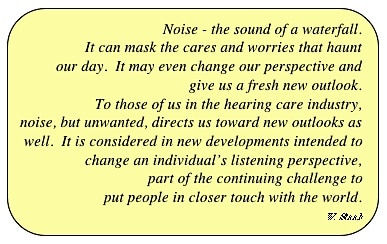One Veterinarian’s Account
This week, my good friend Jenny Langford has agreed to give a veterinarian’s perspective on canine vestibular disease. Jenny also happens to be my dog’s vet as well as a periodic BPPV sufferer herself. I asked her if she has ever seen a dog that she suspected may have BPPV. Here’s Jenny:
“He has had a stroke” is what I often hear as I enter a room with a recumbent geriatric (>8 years) medium to larger breed dog. “He can’t stand, won’t eat and seems disoriented”. While it is not a daily patient, this has happened with regularity in my 21 years of practice. What I usually find is a dog in sternal recumbency with resting nystagmus which is generally lateral, but sometimes rotary. I do not notice a positionally induced eye movement, or positional relief of the eye movement.
If I encourage my patient to stand and move, there is a head tilt opposite the fast phase of the nystagmus. The patient is ataxic and may lean or fall towards the side of the head tilt. Despite the imbalance,proprioception, sensation and strength appear normal. Generally these signs came on very rapidly. They may be associated with nausea or vomiting and anorexia. Lack of movement in my patients seems more due to instability and dizziness than any relief found in certain positions. Further exam will have me checking the ears for otitis interna or media,and integrity of the tympanic membrane. The facial nerve is evaluated clinically for paresis or signs of Horner’s syndrome.
History includes drug lists to rule out ototoxicity and discussions about possible trauma. Often, a screening blood panel is done to rule out hypothyroid neuropathies, but in general thyroid levels, CBC, Chemistries and electrolytes are normal except for some mild hemoconcentration from dehydration due to lack of food and water intake.
Vestibular disease is the diagnosis not stroke, as the problem is not central or vascular. It should be noted that these signs are generally unilateral. While I have never seen a case of bilateral they are noted in literature. The nystagmus and head tilt may vary side to side. The question is always why, and honestly we do not know what triggers these episodes. We do note that in general they will clear up with time, with or without our help. In the earlier years of practice it was common to use steroids and/or antibiotics, but as a profession we realize these are of no help unless it is a case of otitis.
For vestibular disease treatment is supportive care with sedatives and/or antiemetics to keep the patient comfortable and help with eating. The severe phase lasts 1-2 weeks. The head tilt may not fully resolve. Given the presentation and course of the disease, the common thought in veterinary medicine is that this is due to inflammation of the vestibular portion of the vestibulocochlear nerve (CN VIII). It is also suspected that there is some abnormal flow of the fluid of the semicircular canals related to changes in production, circulation or absorption of fluid. You make the call: Neuritis versus BPPV.
—
Dr. Jenny Langford
Animal Hospital of Cornelius
18726 West Catawba Avenue
Cornelius, NC 28031






